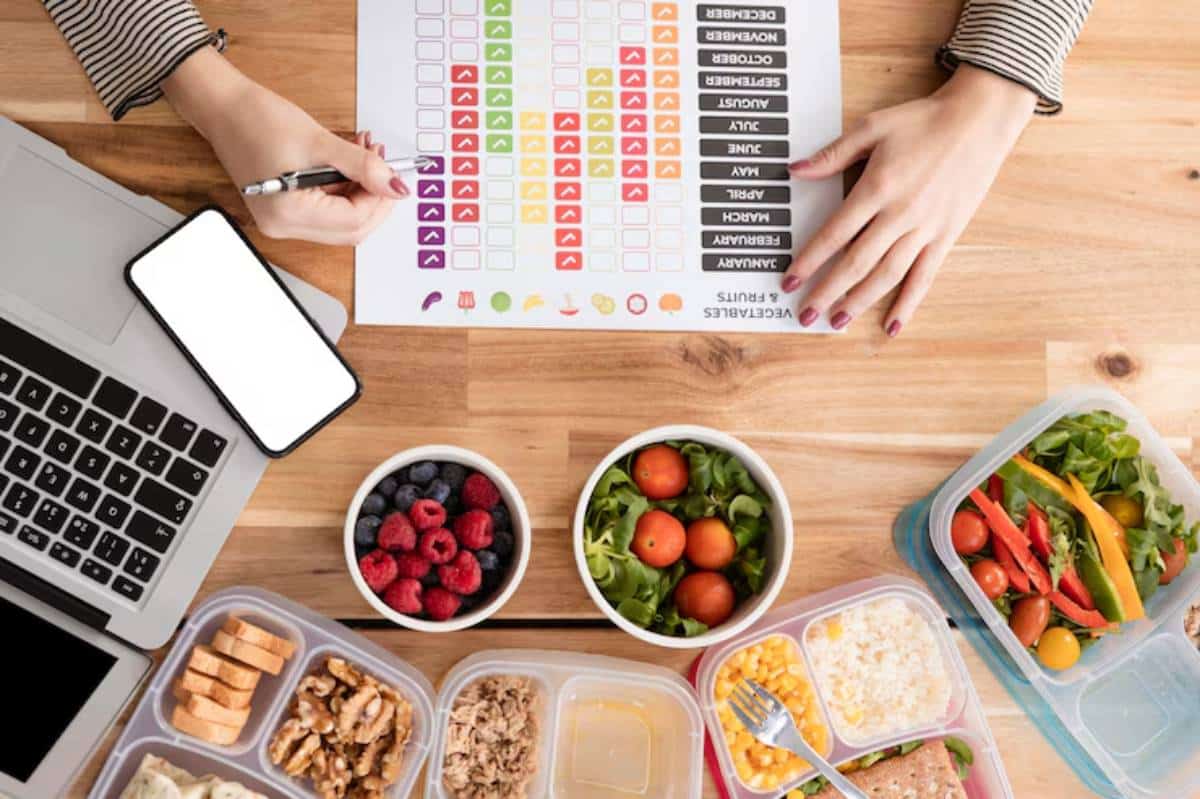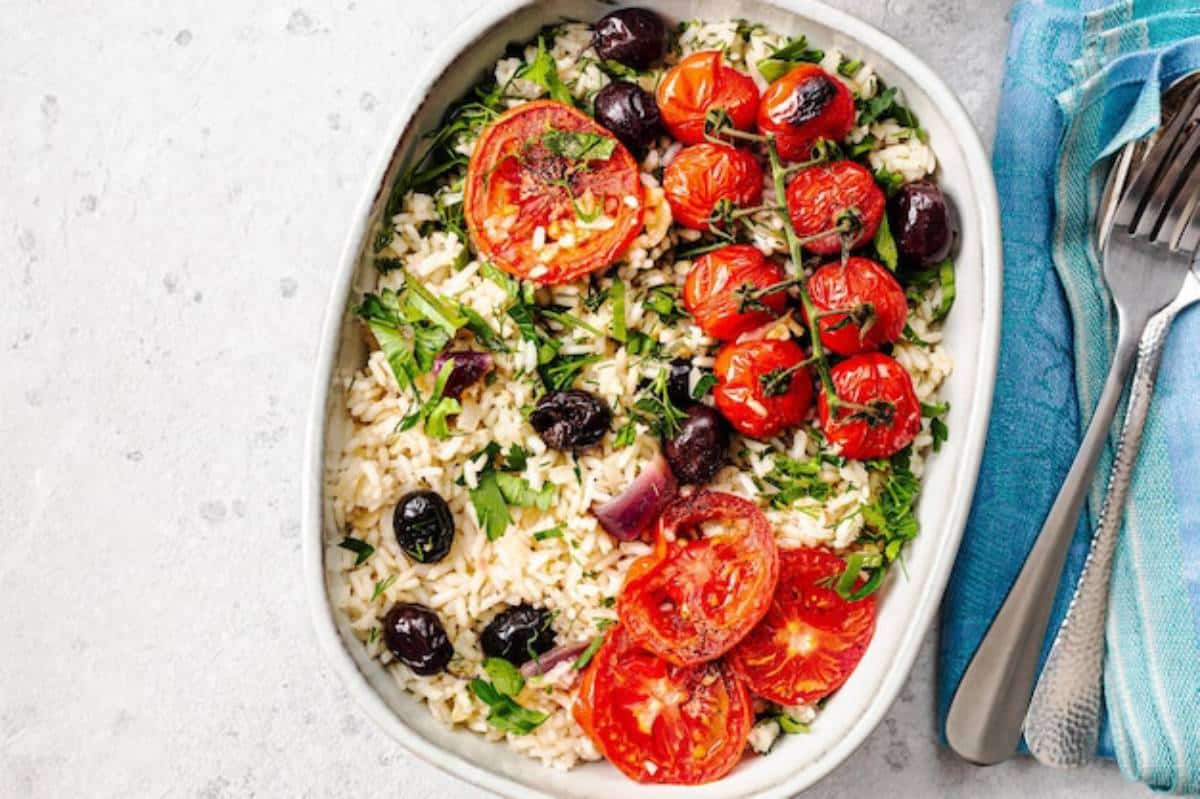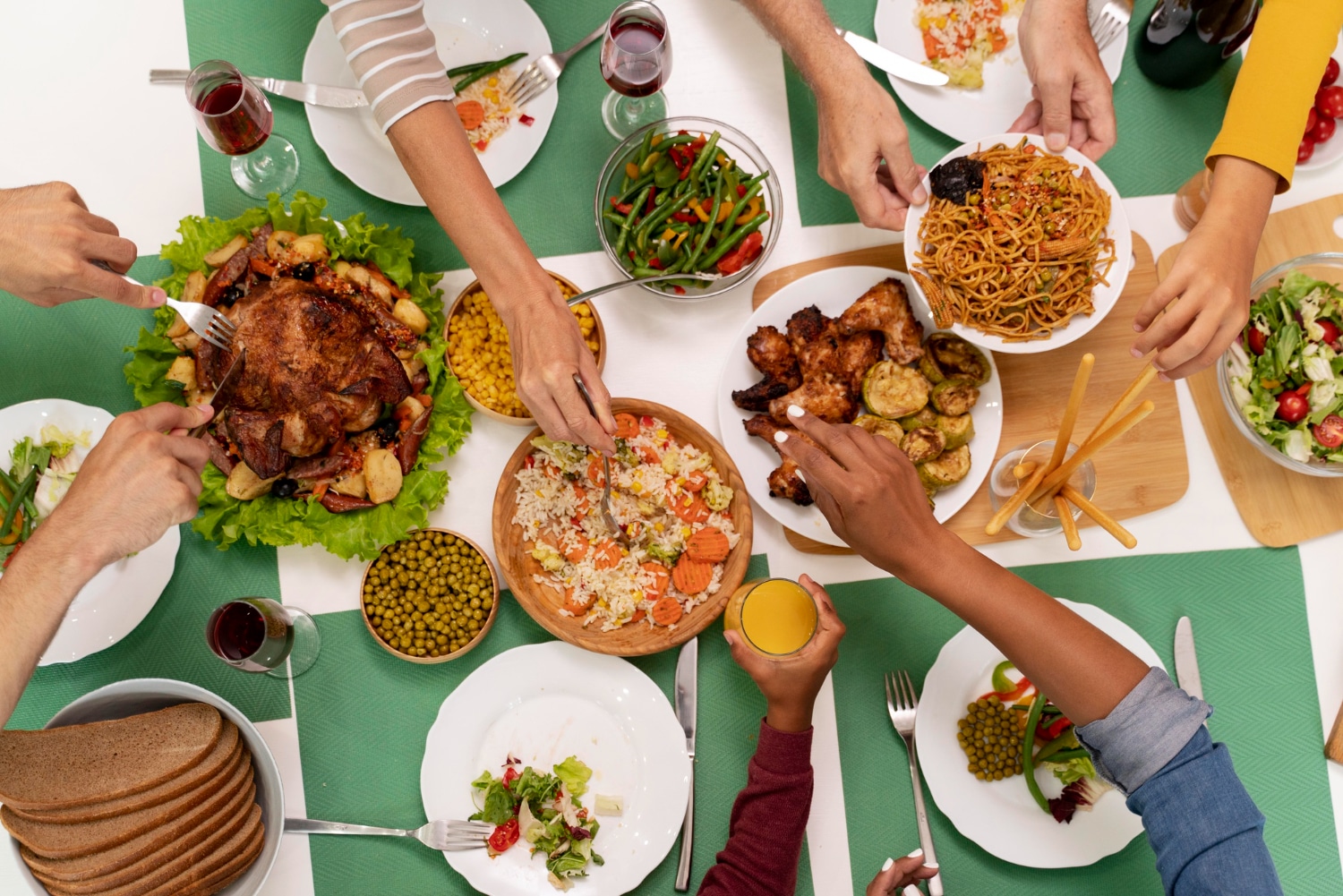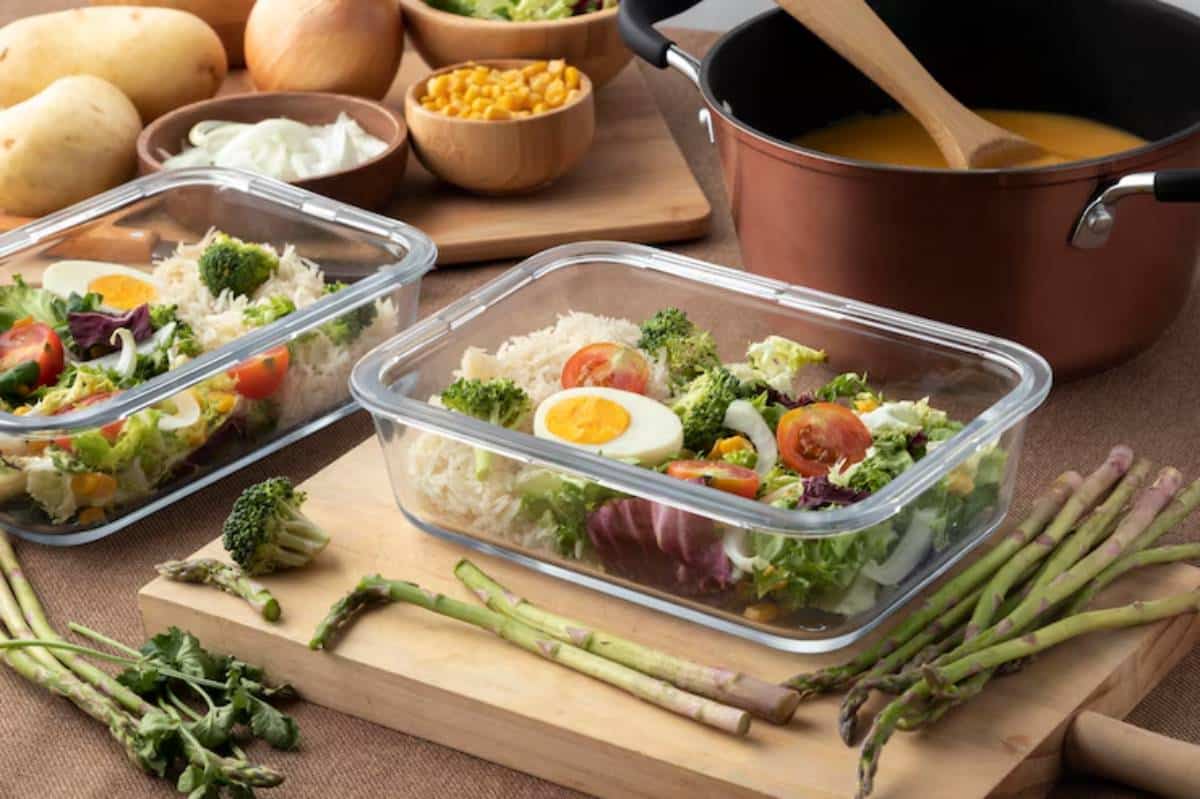
Grocery List for Budget Lunchbox Prep
We’ve all had that moment: standing in front of the fridge on a Monday morning with no plan, no prep, and no clue what to pack for lunch. The temptation to grab something quick — and expensive — becomes almost impossible to resist. But the truth is, you don’t need fancy recipes or expensive ingredients to eat well during the workweek.
What you really need is a smart grocery list.
Lunch prep on a budget doesn’t begin in the kitchen. It starts at the shop. With the right core ingredients in your trolley, you can whip up a week’s worth of nourishing, tasty meals for next to nothing — and skip the lunchtime takeaway guilt.
In this guide, you’ll get a curated, affordable grocery list for consistent budget lunchbox shopping, along with planning tips, flexible ingredients, and ideas to keep things interesting all week long.
Why Your Lunchbox Grocery List Matters
Think of your grocery list as your blueprint. When it’s well-thought-out, it helps you:
- Avoid impulse buys
- Make fewer trips to the shop
- Reduce food waste
- Stick to your lunchbox plan
- Save £££ on takeaways or café meals
When every item has a purpose — and ideally, multiple uses — your shopping habits become more intentional and cost-efficient.
The Budget Lunchbox Shopping Framework
To build lunches that are low-cost but still high in satisfaction, you’ll want your weekly shop to include five key categories:
- Grains and bases
- Proteins (animal and plant)
- Vegetables (fresh and frozen)
- Flavour boosters (dressings, herbs, spices)
- Smart snacks and sides

Let’s break those down into specific, budget-friendly items.
Budget Lunchbox Grocery List (With Weekly Use Ideas)
Each item is versatile, affordable, and ideal for multiple meal types.
1. Grains and Bases
These form the backbone of your lunches — they’re filling, cheap, and shelf-stable.
- Brown rice – Great for grain bowls, stir-fries, and burritos.
- Wholemeal pasta – Use for cold pasta salads or warm meals.
- Couscous – No cooking required, perfect for tabbouleh or wraps.
- Tortilla wraps or pita – Handy for sandwiches, quesadillas, and bento boxes.
- Oats – Ideal for overnight oats or budget-friendly savoury fritters.
- Potatoes or sweet potatoes – Roast for salad toppers or mash into croquettes.
Cook big batches and mix up flavour profiles with different toppings or sauces.
2. Proteins (Plant and Animal-Based)
These keep you full and fuelled through the afternoon slump.
- Eggs – Scramble, boil, bake, or turn into frittatas.
- Tinned chickpeas or beans – Use in salads, patties, or hummus.
- Tinned tuna or sardines – High-protein, long shelf life, no cooking.
- Tofu – Fry for stir-fries, bake for wraps, or blend into dressings.
- Lentils (tinned or dried) – Add to soups, stews, or grain bowls.
- Natural yoghurt (plain) – Doubles as a dip or dressing base.
These proteins feature in many low-cost lunch recipes, like those in lunchbox meals for under £2 per serving.
3. Vegetables: Fresh, Frozen, and Long-Lasting
You don’t need a massive haul — just a few that stretch well.
- Carrots – Grate into salads, roast for grain bowls, or snack with hummus.
- Cabbage – Use in slaws, stir-fries, or wraps. Keeps well in the fridge.
- Courgettes or peppers – Add raw to wraps or cook into sauces.
- Frozen mixed veg – Cheap and no prep. Stir into rice, soup, or noodles.
- Onions and garlic – Add flavour to everything.
- Spinach or kale (frozen or fresh) – Boost your wraps, pasta, or eggs.
For Mediterranean-inspired options using many of these, take inspiration from Middle Eastern lunchbox flavours, where roasted veg, dips, and grains take centre stage.
4. Flavour Boosters

Even the most basic lunch becomes crave-worthy with the right add-ons.
- Lemon juice or vinegar – Cuts through richer foods; brightens grain salads.
- Olive oil or rapeseed oil – Use in dressings, roasting, or pan-frying.
- Dijon mustard or tahini – Combine with yoghurt or oil for creamy sauces.
- Soy sauce or tamari – Budget-friendly flavour bombs.
- Curry powder, za’atar, or cumin – Adds depth without the need for meat.
- Fresh parsley, mint, or coriander (optional) – Extend shelf life by freezing chopped.
5. Lunchbox Snacks and Sides
Sometimes it’s the extras that keep you satisfied.
- Hummus or homemade dip – Try with carrot sticks or pitas.
- Boiled eggs – Great portable protein.
- Seasonal fruit (apples, bananas, oranges) – Always grab a few in-season options.
- Popcorn (unpopped kernels) – A cheap snack that’s quick to make.
- Cottage cheese or cheddar cubes – Add to crackers or salads.
Building a Week of Lunches from This List
You don’t need 20 different recipes. Rotate 3–5 ideas and change up toppings, grains, or dressings.
Example Week (all items from your grocery list):
| Day | Main Dish | Extras |
| Monday | Couscous with chickpeas + carrots | Apple + hummus |
| Tuesday | Egg salad wrap with spinach | Boiled egg + orange |
| Wednesday | Tuna pasta salad with peas | Yoghurt + oat bar |
| Thursday | Lentil rice bowl with cabbage slaw | Crackers + cheddar cubes |
| Friday | Veggie fried rice with tofu | Banana + popcorn |
Budgeting Smart: Tips to Stretch Your Grocery Spend

A great lunchbox grocery plan goes hand in hand with savvy shopping. Here’s how to stick to your budget:
1. Plan Around What You Already Have
Check your fridge, freezer, and pantry first. Many items like rice, tinned beans, or frozen veg may already be on hand.
2. Shop With a List (and Stick to It)
Avoid “browsing” the aisles. Your list is your game plan. Stick to it and skip the extras.
3. Use Unit Pricing
Compare prices by weight or volume to find the best value, especially for staples.
4. Consider Store Brands
Generic products are often just as good as branded items and can save you 30% or more.
Lunch Prep on a Budget: Storage and Batch Cooking
To make lunch prep smoother, stock up on a few essentials:
- Reusable containers with sections or stackable designs
- Mason jars for salads and layered lunches
- A small thermos for soups and warm grains
- Labels or masking tape to date leftovers
Quick Prep Tips
- Boil a batch of eggs on Sunday
- Cook 2–3 grains at once (e.g. rice, couscous, pasta)
- Make a base dressing and vary it with spices or herbs
- Roast a tray of mixed veg to use throughout the week
Conclusion: Prep Smarter, Eat Better, Spend Less
When your kitchen is stocked with intention, your work lunches become something to look forward to — not a frantic last-minute scramble or a costly shop-bought regret.
By following this lunchbox grocery plan, you’ll save money, reduce waste, and eat healthier meals with less stress. Every item serves a purpose, and every pound stretches a bit further.
Ready to try it out? Start small: use this grocery list on your next shop and commit to prepping just three lunches this week. You’ll be surprised how good eating well on a budget can feel.


